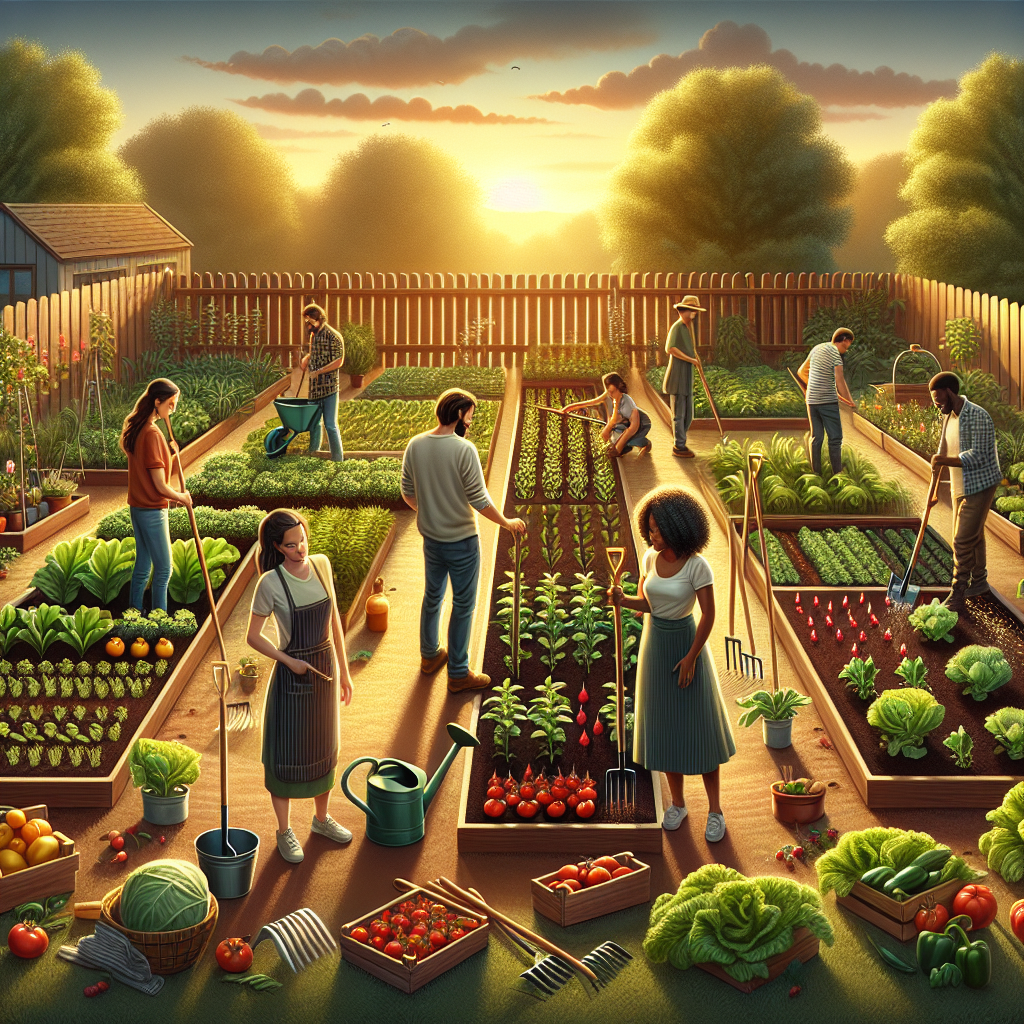Planning Your Vegetable Garden for Success
Are you dreaming of harvesting your own sun-warmed tomatoes or enjoying a salad freshly picked from your backyard? With some initial planning, creating a successful vegetable garden is both achievable and deeply rewarding.
Understanding Your Space
Before you break ground on your new garden, it’s crucial to assess the space available to you. Consider the following:
- Sunlight Exposure: Most vegetables require 6-8 hours of direct sunshine daily. Observe your proposed garden area. If you’re unsure about sunlight, a Sun Calculator can be a significant aid.
- Soil Quality: Rich, fertile soil is the foundation of a thriving garden. Conduct a soil test – home kits are readily available, or seek assistance from your local Cooperative Extension Service.
- Drainage: Ensure the site doesn’t collect standing water. If drainage is a challenge, consider raised beds or containers.
Selecting Vegetables Wisely
When choosing what to plant, consider the following:
- Climate Suitability: Match your selections with your area’s hardiness zone. Local nurseries can provide guidance.
- Space Requirements: Some plants, like pumpkins, need extensive space. Vertical gardening techniques can maximize small areas for crops like beans and tomatoes.
- Crop Rotation: Avoid planting the same vegetable family in the same spot year after year to prevent pest accumulation and nutrient depletion.
Plotting Your Garden
A scaled drawing can be an excellent tool for planning. Use graph paper or an online tool like Garden Planner. Be sure to:
- Allocate proper spacing for each plant, accounting for their mature size.
- Incorporate companion planting: Certain plants, when grown together, can deter pests and promote growth.
- Designate pathways: Access is essential for maintenance and harvesting.
Timing Your Planting
Understanding when to plant is as vital as knowing what to plant. There are two classifications:
- Cool-season vegetables such as lettuce and peas can endure and sometimes prefer, cooler temperatures.
- Warm-season vegetables like tomatoes and peppers need warmer soil and air to thrive.
Use a planting calendar to determine the best time to sow seeds or transplant seedlings.
Preparing the Soil
Gardening success starts with the soil. Ensure it is fertile and well-drained. Enrich your soil with organic matter such as compost – a practice that benefits all soil types. If you’re not keen on traditional composting methods, worm composting might be a great alternative.
Planting Your Garden
When it’s time to plant:
- Follow seed packet instructions or transplant tags carefully for depth and spacing.
- Water thoroughly: Newly planted seeds and transplants need ample moisture to establish.
- Label your plants: This aids in maintenance and helps prevent accidentally pulling up vegetables instead of weeds.
Regular Maintenance
A successful vegetable garden requires regular attention:
- Watering: Vegetables need an inch of water per week, either from rainfall or irrigation. Consider a drip irrigation system for efficiency and water conservation.
- Weeding: Keep on top of weeds, as they compete with your vegetables for water and nutrients.
- Monitoring for pests and disease: Early detection is key. If issues arise, reach out to your local Cooperative Extension Service for advice.
Harvesting Your Bounty
Harvest time is the most satisfying part of gardening:
- Know when it’s time: Familiarize yourself with the signs of maturity for each vegetable.
- Regularly harvest: Many vegetables will continue to produce if picked regularly.
- Store correctly: Learn the best ways to store your harvest to maintain freshness.
Final Thoughts
Whether you’re a novice or a seasoned gardener, careful planning can greatly improve your vegetable garden’s productivity. Remember to start small, choose wisely, prepare diligently, and maintain regularly, and you’ll be on your way to a plentiful harvest.
Venturing into vegetable gardening is a step toward sustainability and health. And if you’re looking for high-quality seeds to start your garden, consider visiting Seed Savers Exchange, a nonprofit organization dedicated to saving and sharing heirloom seeds.
Happy gardening! May your hands be dirty and your harvests plentiful.

